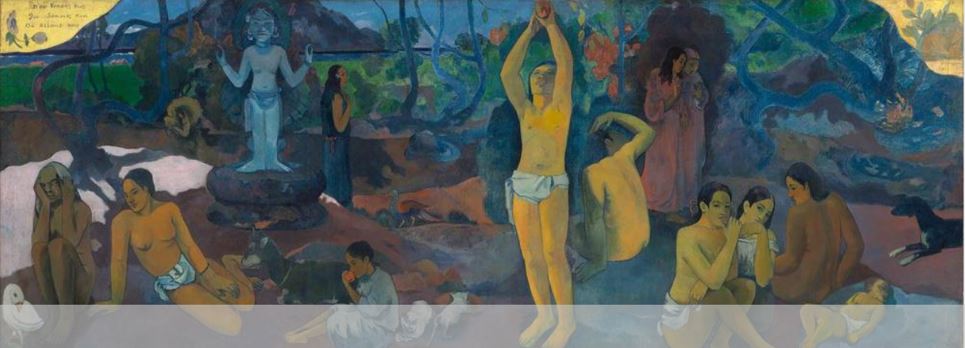Prof Svante Pääbo, 2022 Nobel Laureate whose tireless work brings us closer to understanding the Human Tree of Life
Dr Ray Dunn, Associate Professor of Regenerative Medicine | NTU Lee Kong Chian School of Medicine
![]()
Ancient DNA. Two words that in our popular culture invoke images of insects entombed in amber, the genetic makings of Dr Michael Crichton’s 1990 novel Jurassic Park. DNA recovered from these blood thirsty, fossilized insects was miraculously extracted and then used to thread together the genome of long extinct dinosaurs — the Tyrannosaurus and the Velociraptor, for example — and to resurrect them by cloning on a fictional island to the west of Costa Rica. This of course is entirely the realm of science fiction. The story nevertheless captivated audiences globally, with Steven Spielberg’s blockbuster 1993 film grossing more than USD 1 billion long before the draft human genome sequence was published in 2004 costing USD 2.4 billion. In the world of non-fiction, there are however pioneering scientists who have toiled tirelessly for decades, hunkering down, lurking in the shadows, to develop sophisticated molecular techniques to recover Ancient DNA, both mitochondrial and nuclear. Their endeavors required the development of methodologies and infrastructure (super “clean rooms”) to ensure that unearthed Ancient DNA sequences were not contaminated by the DNA of the modern-day researchers working at the bench. Why is that? It is because our human DNA, along with our bacterial friends, is pretty much everywhere—from a sneeze, from a skin cell, the list goes on. The success of these arduous, rigorous and pioneering efforts was commemorated with the award of the 2022 Nobel Prize in Physiology or Medicine to the trailblazing and tenacious Swedish geneticist Prof Svante Pääbo who was cited by the Nobel Committee “for his discoveries concerning the genomes of extinct hominins and human evolution” (https://www.nobelprize.org/prizes/medicine/2022/paabo/facts/).

Image source: https://www.nobelprize.org/prizes/medicine/2022/press-release/
Prof Pääbo, Director of the Max Planck Institute for Evolutionary Anthropology, Leipzig, Germany has pursued for the bulk of his illustrious career the most basic questions in biology: “Where do we humans come from?” “How are we related to our hominin ancestors?” These questions run rightly parallel in the molecular era to Charles Darwin’s opus On the Origin of Species (1859). In 2010, Prof Pääbo revealed the sequence of the Neanderthal genome (Green et al., Science). In the same year, his team extracted DNA from a tiny finger bone believed to be from a small child in the Denosivan caves in the southern Siberian Altai mountains. The fossil was dated between 30,000 and 48,000 years ago. This study identified a previously unknown, genetically distinct hominin lineage aptly coined Denosivans and suggested that they lived alongside Neanderthals and Homo sapiens (Krause et al., Nature). He also discovered that gene transfer between extinct hominins and Homo sapiens occurred following the migration out of Africa around 70,000 years ago. This ancient flow of genes to humans has physiological relevance today. Shortly after the COVID pandemic paralysed the world, Prof Pääbo reported that people with a specific Neanderthal variant on Chromosome 3 were at a higher risk of developing severe COVID-19 (Zeberg and Pääbo, 2020 Nature). Quite simply, digging in the dirt or in darkened caves can cast significant light and insight on the most pressing of human clinical needs.
For those who read this short piece, I had the great honour to meet Prof Pääbo when he was awarded the prestigious Gruber Prize in Singapore (2013). I was awestruck and deeply impressed by his humility and accessibility. For the young scientists in our NTU community, I encourage you to embark on something risky: You too might just win the Nobel Prize. And, take a minute to check out this video where upon winning the Nobel Prize his colleagues throw him into a pond (https://www.youtube.com/watch?v=POaf2TLQbQA).
In summary, Prof Pääbo is considered the founder of paleogenetics. No doubt the numerous research officers, students and post docs trained by him will in the course of their careers provide us an increasingly granulated and microscopic view of what Paul Gaugin captured in his famous painting Where Do We Come From? What Are We? Where Are We Going? (1897) hanging brilliantly in the Boston Museum of Fine Arts. Check it out (click on the image or hyperlink below).
Image source: https://collections.mfa.org/objects/32558/where-do-we-come-from-what-are-we-where-are-we-going
For more information, watch the video here on 2022 Nobel Prize In Physiology or Medicine.















/enri-thumbnails/careeropportunities1f0caf1c-a12d-479c-be7c-3c04e085c617.tmb-mega-menu.jpg?Culture=en&sfvrsn=d7261e3b_1)

/cradle-thumbnails/research-capabilities1516d0ba63aa44f0b4ee77a8c05263b2.tmb-mega-menu.jpg?Culture=en&sfvrsn=1bc94f8_1)







